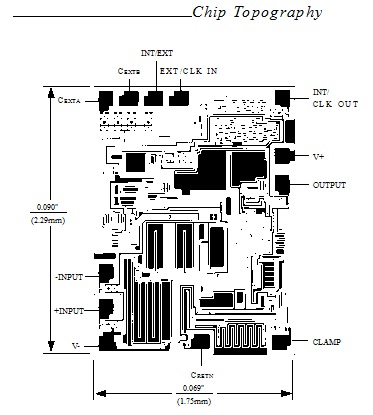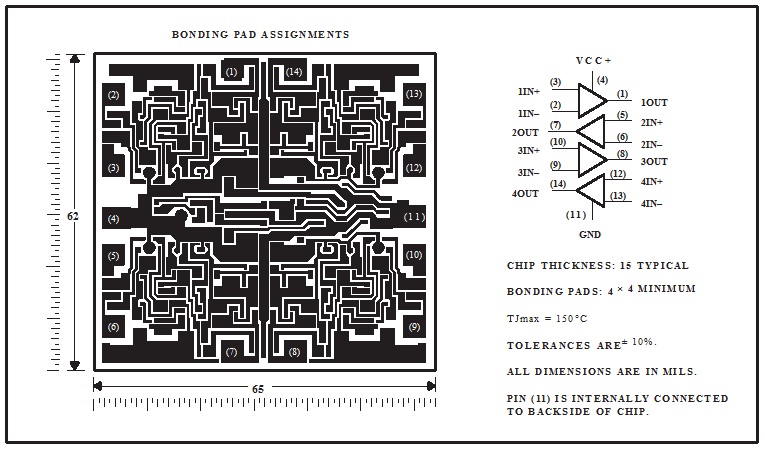Are you an EE? Do you use TI Op-Amps? then you should know the answer of this question. probably that could be interesting for us.
If you take a look at the datasheet of TI(or a few other companies) Op-Amps you will come across with "chip topography" or "diagram(schematic)". for example:
or:

or for schematic:

Questions about the chip topography:
- What is/are the usage of chip topography for an EE? because the many of information for the chip topography of a chip is mechanical while we are EE. that's interesting to me that you can see the chip topography of ICL7650 in the MAXIM datasheet but there is no schematic for it. I think the schematic is much more clear than the chip topography then why there is no schematic for it?
- Have you had any experience to use chip topography in your design? what was that?
- Why while there is a clear schematic, they put chip topography?
Questions about the schematic:
- Personally I think there are everything that we need to use for designing our circuit then what's the usage of the schematic? (you can see everything that you need in)
Please tell me all things that we can catch from these stuff.
Thanks in advance

